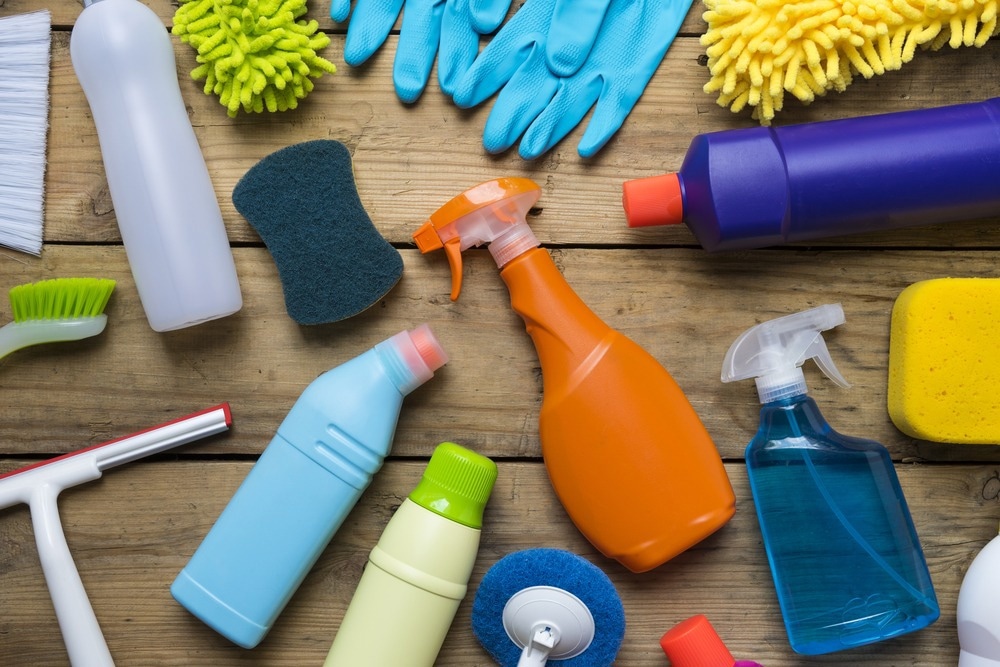According to a new study, many “green” cleaning solutions release the same number of dangerous chemicals as traditional cleaning products.

Image Credit: Chutima Chaochaiya/Shutterstock.com
According to researchers, there should be stricter regulations and greater public education on the true safety of cleaning products.
Potentially Harmful
The Royal Society of Chemistry concluded that fragranced cleaning solutions could have negative effects on indoor air quality. The study was published in the journal Environmental Science: Processes & Impact.
Numerous volatile organic compounds (VOCs), some of which are dangerous or have the potential to change chemically and produce secondary pollutants with negative effects, are released by cleaning chemicals. With the implicit belief that “green” cleansers are healthier for the environment and human health, their popularity has grown in recent years. However, studies from the University of York revealed that this was incorrect.
Secondary Pollutants
Researchers analyzed the VOC content of ten normal and thirteen green cleaners as part of the study. Green cleaners generated more monoterpenes than normal cleaners, which increased dangerous secondary pollutant concentrations after usage, such as formaldehyde and peroxyacyl nitrates.
The investigation discovered that the volatile monoterpenes in these items originated from the fragrance components. People prone to these pollutants can experience breathing difficulties or skin, eye, nose, or throat discomfort when the levels of these pollutants rise in their homes. In certain situations, repeated exposure to high formaldehyde concentrations can result in cancer.
Misleading Consumers
Our research found there is no strong evidence to suggest that clean green products are better for indoor air quality compared to regular products. In fact, there was very little difference. Many consumers are being misled by the marketing of these products and could be damaging the air quality in their homes as a result - potentially putting their health at risk. For so many products on the supermarket shelves, green doesn’t mean clean.
Ellen Harding-Smith, Environmental Chemistry Researcher, Department of Environment & Geography, University of York
Compositional Differences
The name of the project is IMPeCCABLE, and the EPSRC provided funding for the research. It is an effort of the Wolfson Atmospheric Chemistry Laboratory, the Department of Chemistry, and the Department of Environment and Geography at the University of York.
Harding-Smith added, “The study highlights potential compositional differences in the formulations of regular and green cleaners, for which there is currently very little information on in the available literature.”
Mitigating Harm
“Manufacturers really need to be so much clearer about what is in these products and make clear how to mitigate their harm. For example, just improving ventilation and opening windows when using these cleaning products makes air quality at home so much better,” Harding-Smith.
Journal Reference:
Harding-Smith, E., et. al. (2024) Does green mean clean? Volatile organic emissions from regular versus green cleaning products. Environmental Science: Processes & Impact. doi:10.1039/D3EM00439B
Source: https://www.york.ac.uk/